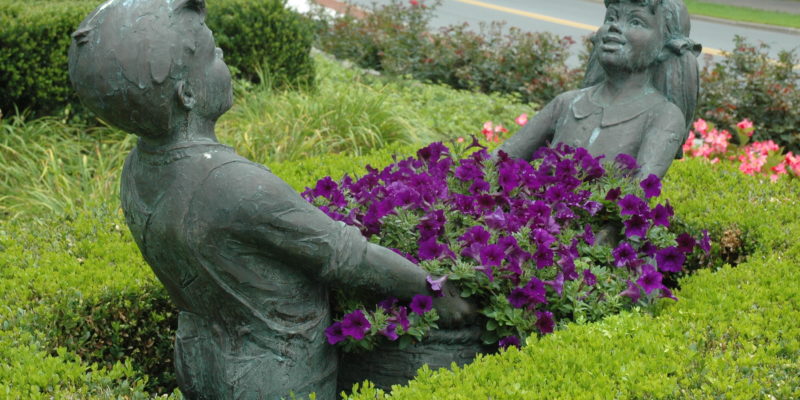Part of being a successful property manager is making your property more valuable.
The good news is that landscape improvements can help you do that. Class A properties, retail and mixed-use can all benefit from landscape upgrades that drive asset value – through better watershed and habitat health, pedestrian access, hardscape repairs – and generate income, either through green credits, or increased occupancy and traffic.
If you are looking to boost your property’s ROI, aesthetics or functionality, consider the following:
1. Safety Value – Maintenance care prevents injury. Improved pedestrian walkways, parking lot surfaces, and structural pruning to improve visibility can all prevent trips, falls, accidents, and mitigate liability and risk. Strategic use of plant material can prevent flooding; drainage improvements can improve the absorption of rainwater and runoff; and tree-covered areas can reduce loitering – while also improving air quality.
2. Health Value – Landscapes have direct impact on positive well-being. Healthy landscapes start with healthy soil and the reduction or elimination of toxic chemicals. For tenants, employees, guests, or customers, the quality of your property’s landscape influences how people interact with, and feel good about, your business. An attractive outdoor space, with courtyards and well-designed landscaped areas is advantageous to you as an employer and as an asset manager. We recommend investing in a regular plant health care program that creates a healthy baseline for your plants and trees, nourishes your soil and encourages vigorous bloom and vibrant foliage.
3. Environmental Value – Conservation helps the earth and your wallet. Eco-friendly investments in green technology will improve your landscape’s water use and your cost through controlled irrigation and water audits; more trees contribute to using less heating or cooling energy; rain garden strategies and bioswales provide filters for stormwater and prevent flooding and puddling; flowering plants provide forage and habitat for pollinator insects, birds and wildlife.
First things first. Prioritizing improvements is a task made easier by a master landscape maintenance plan.Knowing which improvement will offer sustained ROI depends on a few factors. One is the size of your property, the other is how it is used—where people gather, what types of amenities drive the greatest appreciation, and where fitness and pedestrian areas can be enhanced for greater health, i.e., walking and jogging trails, bike paths, bocce ball courts, green roofs, terrace and outdoor eating and meeting areas.
ELM’s top ten. Repairing walkways and footpaths impacted by winter storms, fencing/retaining walls, signage, water features, park-like amenities, new plantings and installation projects, turf aeration and plant health care, tree and shrub pruning, and power washing.
If you’re ready to take advantage of ELM’s summer landscape improvement and hardscape restoration expertise, perk up your high impact focal areas with bold containers and lots of color; swap out underperforming turf for perennial meadows; try our new and improved plant health program (and its organic option), upgrade your irrigation system with green technology, or partner with us to drive LEED credits, but don’t know where to begin, contact Bruce Moore Jr. at 203-316-5433.

